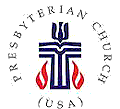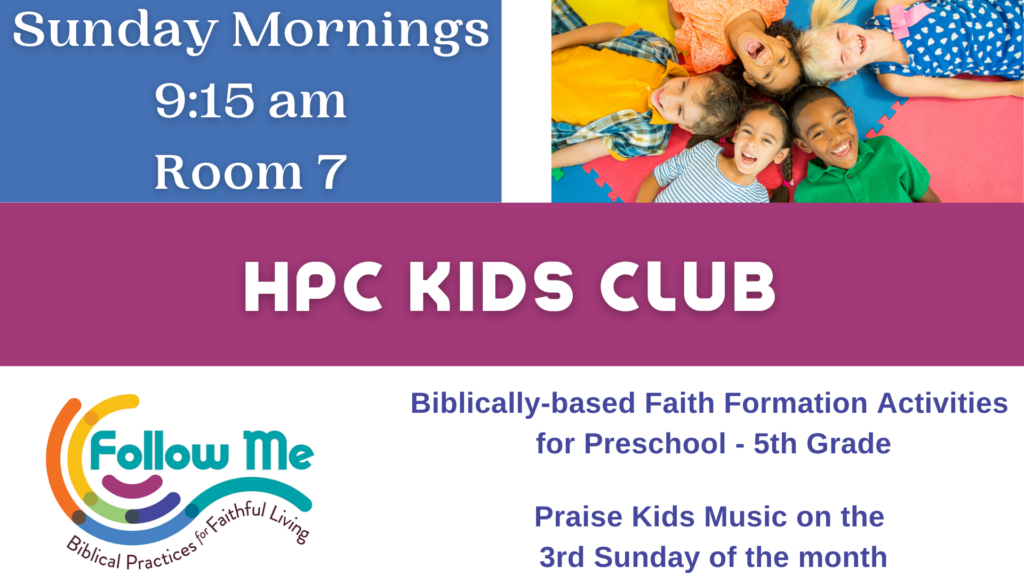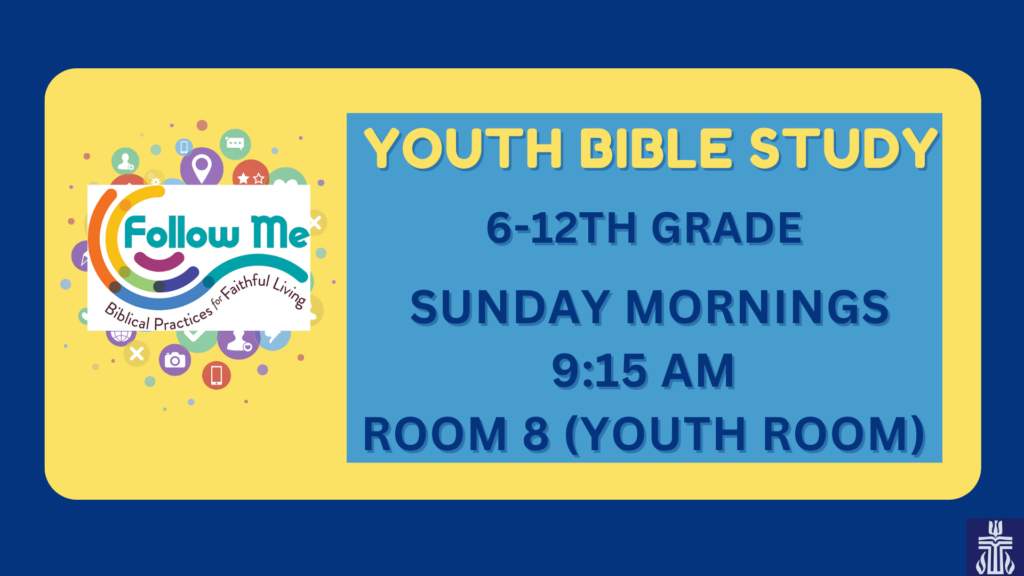On this Easter morning, is your tomb half-empty, or half-full? If your tomb is half-full, your spirits are likely lifted on this holy day. You join in the hymns with gusto, dressed in your Easter finest. As you hear the story from John, you might feel like Peter and the unnamed disciple after racing to the tomb. You discover the empty tomb, see the linen lying there, and believe. And things are pretty good. Christ is raised from the dead. Alleluia! This is the story you came to hear. It is expected, and comfortable.
I am struck by the almost casual way the disciples responded to the empty tomb. Verse 10 tells us that after this discovery, the “disciples returned to their homes.” Just a few verses earlier, they are racing to the tomb after hearing from Mary Magdalene that it is empty, perhaps robbed. We are even given the details about the footrace, as the unnamed disciple out steps the prominent disciple Peter. While John is clear that they see and believe, immediately following the announcement he abandons these characters, sending them home without any sense of continuing action or impact of this startling news. It is a positive experience, to be sure, but it doesn’t seem to alter a whole lot for them. They are optimistic and joyful, but perhaps their tombs are only half-full.
I wonder if the same can be true of us sometimes, even today. If we aren’t careful, we are likely to only half-way hear these powerful words from Scripture, with a story that is all too familiar. We sit through the expected one hour service, and then return home to a delicious Easter lunch or dinner, feeling upbeat without having been changed too much. It’s what many, if not most, Christians experience in their lives of faith. Kenda Creasy Dean, professor at Princeton Seminary, published an insightful book that labels this approach to faith with a label coined by the founder of Methodism, John Wesley: Almost Christian. The book is commentary on a study of the faith practices of over 3,000 teenagers about ten years ago, but Dean suggests the implications are just as true for the church as a whole. Dean notes that the teenagers were at once both very positive about Christianity, and at the same time apathetic about genuine religious practice. She cites the findings of the researchers in the study, Christian Smith and Melinda Denton, who call this new form of faith “Moralistic Therapeutic Deism,” which can be summarized in 5 claims:
- A god exists who created and orders the world and watches over life on earth.
- God wants people to be good, nice, and fair to each other, as taught in the Bible and by most world religions
- The central goal of life is to be happy and to feel good about oneself.
- God is not involved in my life except when I need God to resolve a problem.
- Good people go to heaven when they die[i].
It is certainly positive, and exemplifies some of the core values we have as Christians, the very values that Christ taught. But there is something missing. Such a faith doesn’t spark much interest, or seem to prompt us to delve deeper or even have a relationship with the divine. She suggests that perhaps it is this approach to faith that is the reason many teens, and adults, choose not to attend church after some time. It keeps us at surface level, and can quickly water down the power of the gospel message. It can prompt “Christians” to become cheerleaders without actually knowing anything about the game. On Easter morning, it can mean that we just go through the motions without really thinking about the implications of the story for our lives. Our tombs are half-full.
But maybe this isn’t you this morning. You hear the Gospel story and immediately become engaged. You see it as one of the most compelling stories ever told. It isn’t long, though, before you begin to raise some critical questions: Did Jesus literally, physically, rise from the dead, or was the grave robbed? Maybe the idea of a conspiracy theory isn’t that far off, and you find yourself a bit skeptical of it all. Or, perhaps your questions reside within the meaning of this narrative. Did he really have to die in the first place? Couldn’t God, all-powerful God, save us without all of this bloodshed? What does this story actually mean for me today? Your tomb is half-empty as you raise an eyebrow to the fact that our entire faith hinges on a story that can be hard to believe factually or understand symbolically.
Walter Bruggeman speaks of this in his prayer titled “We are Baffled,” which begins like this:
Christ is Risen
He is risen indeed!
We are baffled by the very Easter claim we voice.
Your new life fits none of our categories.
We wonder and stew and argue,
and add clarifying adjectives like “spiritual” and “physical.”
But we remain baffled, seeking clarity and explanation,
we who are prosperous, and full and safe and tenured.
We are baffled and want explanations[ii]..
As people of faith, we don’t check our intellect at the door. We believe that God gave us minds and reason with the intent that we use them. And yet, this story doesn’t fit our paradigm. The Easter story makes us think, and often presents us with gaps that we can’t quite connect.
In some ways, this is the dilemma of Mary Magdalene in our text. Her assessment that the body had been stolen begins the narrative, and seems just as likely, or perhaps more likely, of an explanation for the empty tomb. Something valuable has been taken from her. I imagine she is not only sad, but also is a bit angry – outraged that someone would steal Jesus’ body. Her weeping is equally understandable – she has lost her teacher and friend. It is in this upset and confusion that she brushes off the questions of one she presumes to be a gardener. Her faith is shot, outweighed by the seemingly insurmountable evidence in front of her as she is overcome with grief, stricken by the painful reality that comes with hope lost. Mary Magdelene’s tomb is half-empty, with questions and lament echoing off the walls.
Brueggemann continues in his prayer, noting the many like Mary Magdalene who struggle with the shock of this news because they are so surrounded by struggle in their own lives. He writes:
But there are those not baffled, but stunned by the news,
Stunned while at minimum wage jobs;
Stunned while the body wastes in cancer
Stunned while the fabric of life rots away in fatigue and despair;
Stunned while unprosperous and unfull
And unsafe and untenured[iii].
Perhaps life and all of its challenges has taken a toll on you, body and spirit. You have come this day, hoping to hear the good news, hoping to be filled and transformed, but struggle to share in the joyful Alleluias because things are just so hard for you right now. You are held by grief in its many forms, and see through your tears that the tomb is half-empty.
Is your tomb half-empty or half-full? C.S. Lewis said:
Christianity, if false, is of no importance, and if true, of infinite importance. The only thing it cannot be is moderately important[iv].
Eater reminds us that we can’t do faith halfway – whether our perspective is half-full or half-empty. Because the tomb that Mary Magdalene, Peter, and the disciple whom Jesus loved, isn’t half-way anything. It’s fully empty.
This is the good news of Easter. That God loves us so much, God doesn’t stop halfway. God doesn’t just make promises of new life and covenant and then halfway do them. In fact, God doesn’t do the bare minimum for anything. No, instead God sends Jesus into the world to show us what full living and complete love is all about: baskets that overflow with leftover fish and bread on a hillside after everyone has eaten from a boy’s small shared lunch, water that turns into the highest quality wine at the end of a wedding reception, countless men and women not made to simply feel better, but healed completely, a lame man walking, a blind man who sees. The stories of fullness are throughout our scriptures, leading to the ultimate story we read this morning – an empty tomb that is full of good news.
There is good news for those of us who see the tomb as half-full. We know that simply seeing God as a god who does nice things leaves us wanting more, especially during those challenging times we experience. We long for a God who fills our tombs to overflowing – who calls us into something more than being “Almost Christian.” And the good news is, we have such a God. Kenda Creasy Dean reminds us that:
The God portrayed in both the Hebrew and Christian Scriptures asks, not just for commitment, but for our very lives. The God of the Bible traffics in life and death, not niceness, and calls for a sacrificial love, not benign whatever-ism[v].
Through the resurrection, God challenges us to not settle for a half-full faith that keeps us comfortable, but rather to seek something that is all-encompassing instead and live fuller lives that are fully transformed by God’s grace.
There is also good news for those who see the tomb half-empty. We don’t have to abandon our doubts and questions altogether, but try to find the intersection of what we hold to be true and what leaves us baffled. Our Easter work is to claim those questions as what propel us forward into a better understanding of the God we worship. Theologian Martin Copenhaver says:
In the resurrection God gave us such a miracle of love and forgiveness that it is worthy of faith, and thus open to doubt. The very doubts we may hold attest to the scale and power of what we proclaim. So the place to begin in the life of faith is not necessarily with those things we never doubt. Realities about which we hold no doubt may not be large enough to reveal God to us. So we say without apology or hesitation: what we proclaim at Easter is too mighty to be encompassed by certainty, too wonderful to be found only within the borders of our imagination[vi].
God takes our questions and doubts that are a very real part of our faith, and then fills in our half-empty tombs with the mystery of faith.
And, if our tombs are half-empty because of the weight of the world. Rest assured, God will meet us there at the tomb, just as the risen Lord met Mary, listen to our burdens, and respond with eternal promises. In the midst of our grief, God’s Spirit intercedes with sighs that are too deep for words (Romans 8:26), and fills our tombs with the presence of the Lord. The good news of the resurrection is, as Paul writes to the Romans, that nothing, nothing can ever separate us from the love of God in Christ Jesus our Lord (Romans 8:39). No grief, no hurt, no anger, no mistakes, no hardship, no persecution, nothing that has happened or will happen. In his resurrection, Christ got rid of every boundary that had the potential to separate us from our Creator, even and especially the boundary of death. This is the promise of eternal life and eternal love. This is the good news of Easter.
Today we celebrate the fullness of God’s presence in this world and beyond. We do this by singing joyfully, shouting “Alleluia,” and coming around the table for communion, proclaiming the saving death of our risen Lord as we sing, “Christ has died. Christ is Risen, Christ will come again,” and we trust that with God’s help, our faith will be deepened, and our spirits renewed to live into our belief. We hear those words of invitation from a God who invites us to come, half-empty, half-full, or somewhere in between, and celebrate the feast which he has prepared. We come, not because our faith is sufficient or because we have this Easter thing completely figured out, but because we long to be filled by the one who gives us new life. We come because we have seen, and because we want to see more, to be a part of what God is doing in the world. We come because we are no longer satisfied with our halfway ways of life, and want something more.
On this Easter morning, we rejoice that we worship a God who meets us halfway, empty or full, and then takes us from our halfway states into deeper and more meaningful relationships with God and with each other; a God who leads us into a life of fullness. This is the God we seek at the empty tomb, and indeed this is the God we find. Christ is Risen! Christ is Risen, indeed. Amen.
~Rev. Elizabeth Lovell Milford
Easter 2017
—————————————————————————————-
[i] Kenda Creasy Dean, Almost Christian: What the Faith of Our Teenagers is Telling the American Church, (Oxford: University Press, 2010).
[ii] Awed to Heaven, Rooted in Earth, Prayers of Walter Brueggemann, Edited by Edwin Searcy, (Minneapolis: Fortress Press, 2003), 162.
[iii] Ibid.
[iv] As quoted by Kenda Creasy Dean in Almost Christian.
[v] Dean.
[vi] Martin B. Copenhaver “Pastoral Perspective: John 20:1-18” Feasting on the Word: Preaching the Revised Common Lectionary, Year A, Volume 2, eds. David L. Bartlett and Barbara Brown Taylor (Louisville, KY: Westminster John Knox Press, 2010).




Leave a Reply
You must be logged in to post a comment.